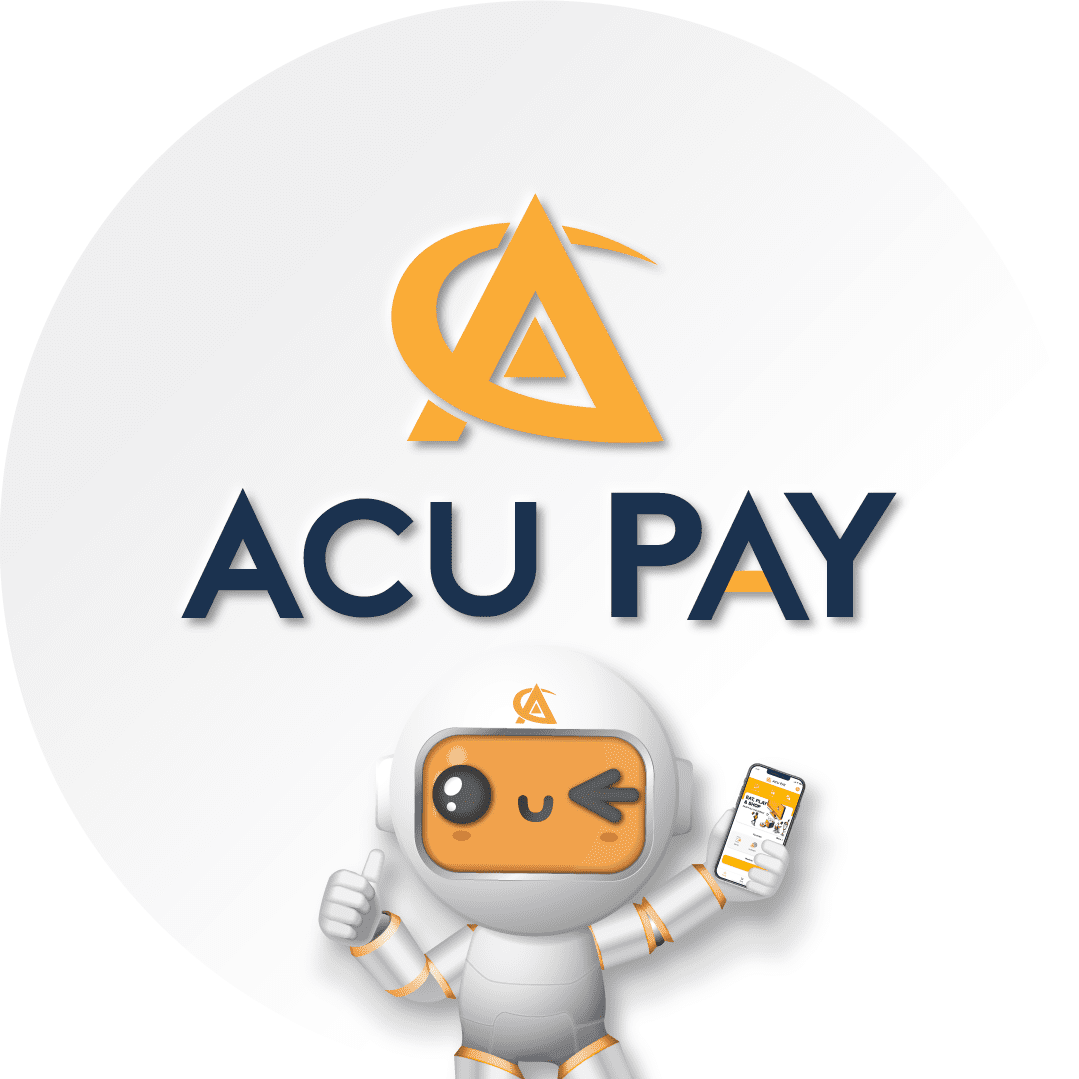

‘Financial statements’ are written records that convey the company’s business activities and financial performance, whether ….
It’s basically a record of the company’s money.
Normally there are 3 main types of financial statements that investors should know.
When we do business, what we definitely have to record is revenue, cost, expenses, and profits. These are going to be recorded in this statement. The main forms of this budget are:
Revenue – Expense = Profit. This statement will tell you about the ability to make profits, and control costs and expenses. If we want to know how much profit the company makes, we have to look at this statement!
This is going to record the assets that the company has and the owners of the assets, in which we do business, if we want to get money to do business, there are two ways we can fund it.
Once we got the money and bought things used in business, what we had in that business was called assets.
So this is the source of this equation
“Property = liabilities + owner’s portion”
Property can be divided into
Short-term property: Assets with the age of up to one year such as cash, inventory, trade receivables
Long-term property: Assets with an age of more than 1 year, such as land, buildings, and instruments Liabilities are divided into
Short-term liabilities: Debts with the age of up to one year, such as short-term borrowings, and trade creditors.
Long-term liabilities: liabilities with the age of more than one year, such as long-term borrowings
From this statement, we can see what assets the company has and how much and what kind of debt it has, how much debt it is, how much we borrowed, and how much is from the shareholders.
The cash flow statement is a record of the company’s use of cash over a specific period. The company’s cash is used in three main things:
In this statement, we can see how cash flows in the company and the change in cash from the beginning to the end of the year from the list is the basis-source-meaning of the three financial statements. Hopefully, it will be helpful for interested people to start reading the financial statements.
References from

ให้ทุกเรื่องการเงินเป็นเรื่องง่าย เริ่มต้นวันดีๆ ไปกับเรา MAKE A GREAT DAY WITH ACU PAY